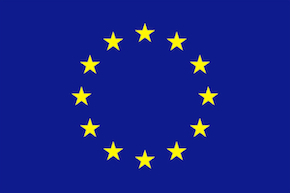Crop wild relatives (CWR) are wild plant taxa closely related to crops. They have an indirect use as gene donors for crop improvement due to their relatively close genetic relationship to crops. They are therefore an important socio-economic resource that offers the novel genetic diversity required to maintain future food security. A working definition of a CWR based on the Gene Pool concept or, in the absence of crossing and genetic diversity information, the Taxon Group concept, has been proposed as follows: ‘‘A crop wild relative is a wild plant taxon that has an indirect use derived from its relatively close genetic relationship to a crop; this relationship is defined in terms of the CWR belonging to Gene Pools 1 or 2, or Taxon Groups 1 to 4 of the crop’’ (Maxted et al. 2006).

The Interactive Toolkit for Crop Wild Relative Conservation Planning was developed within the framework of the SADC CWR project www.cropwildrelatives.org/sadc-cwr-project (2014-2016),
which was co-funded by the European Union and implemented through ACP-EU Co-operation Programme in Science and Technology (S&T II) by the African, Caribbean and Pacific (ACP) Group of States.
Grant agreement no FED/2013/330-210.





